In the fast-paced world of real estate, where buyers and sellers alike are constantly seeking an edge, one often overlooked aspect plays a crucial role in the process: interior design. It’s not just about aesthetics; it’s about the transformative power of strategic design choices that can elevate a property’s market value and evoke powerful emotions in residents and potential buyers. This unique blend of financial and psychological benefits makes interior design a compelling investment for both homeowners and real estate professionals.
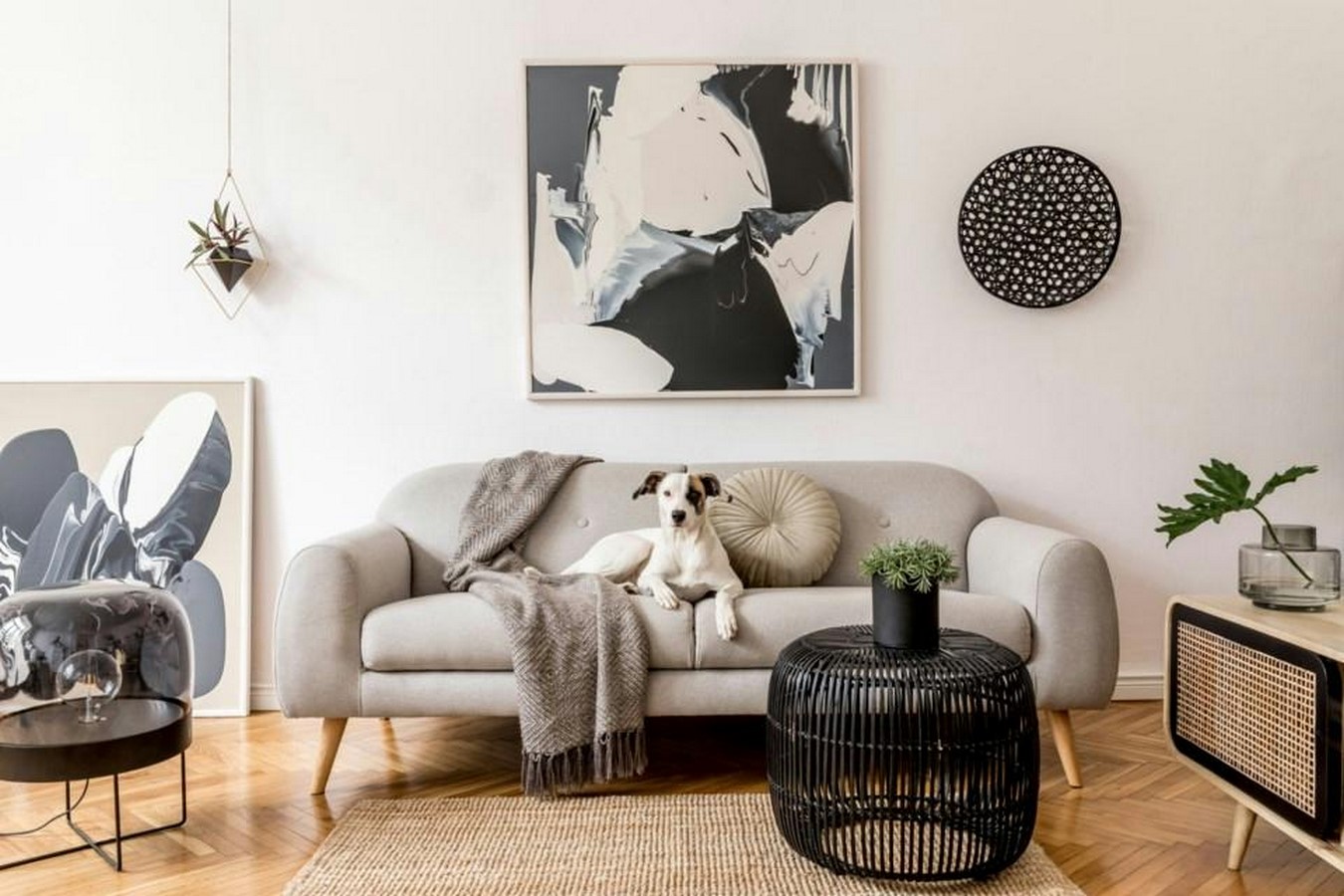
Interior design plays a dual role in the realm of real estate. Financially, it can significantly impact a property’s market value through layout optimization and color psychology, potentially leading to quicker sales and higher resale prices. Emotionally, it molds the atmosphere of a space, using elements like lighting and material choices to evoke specific feelings in residents and buyers, fostering a deeper connection to the property. In essence, interior design bridges the financial and emotional aspects of real estate, making it a potent tool for both buyers and sellers.
The Financial Impact:
- Layout Optimization:
Imagine walking into a spacious living room with ample natural light streaming through large windows. The furniture is arranged in a way that maximizes the available space, creating an inviting and open atmosphere. This is no accident; it’s the result of careful layout optimization.
Strategic interior design choices can make a property feel larger and more functional, which can significantly impact its market value. A well-designed floor plan can create a sense of flow and continuity throughout the space, allowing buyers to envision themselves living there. Homes with smart layouts often sell faster and at higher prices than their less thoughtfully designed counterparts.
Interior design can make homes more marketable to a wider range of buyers. By carefully considering the needs and preferences of different buyer groups, interior designers can create spaces that appeal to a broad range or specific range of people. This can make a property more marketable and increase its chances of selling quickly.
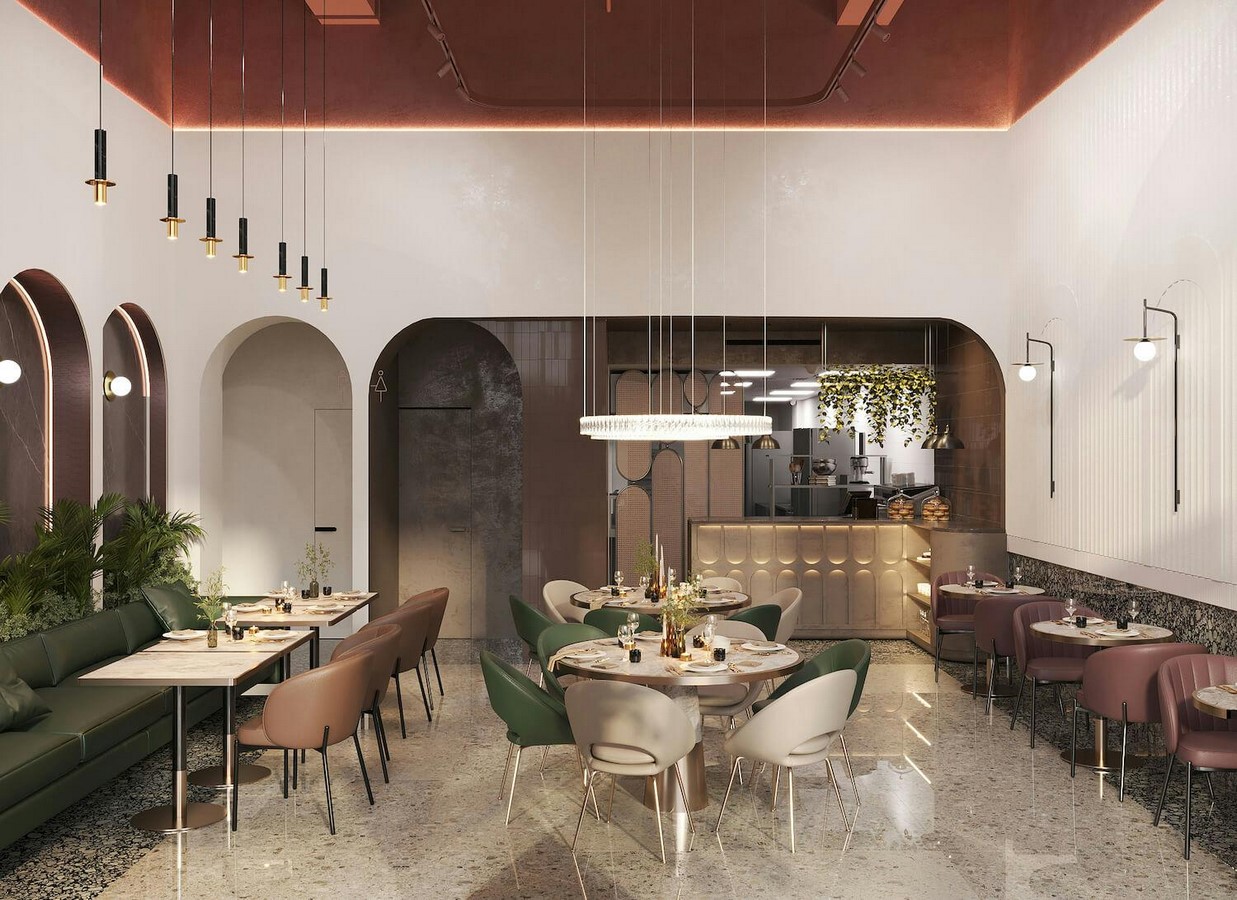
- *Color Psychology*:
The choice of color schemes isn’t just about aesthetics; it’s a powerful tool that can influence buyers’ emotions and perceptions. Various studies have shown that different colors can evoke specific feelings:
– Warm, neutral tones like beige and light gray create a sense of comfort and balance, making a home feel inviting.
– Cool colors like blues and greens can create a calming atmosphere, perfect for bedrooms and bathrooms.
– Bold and vibrant colors like reds and yellows can add character and energy to spaces, ideal for areas meant for socializing.
Homes that feature thoughtfully chosen colors can leave a lasting impression on potential buyers and may even lead to higher offers.
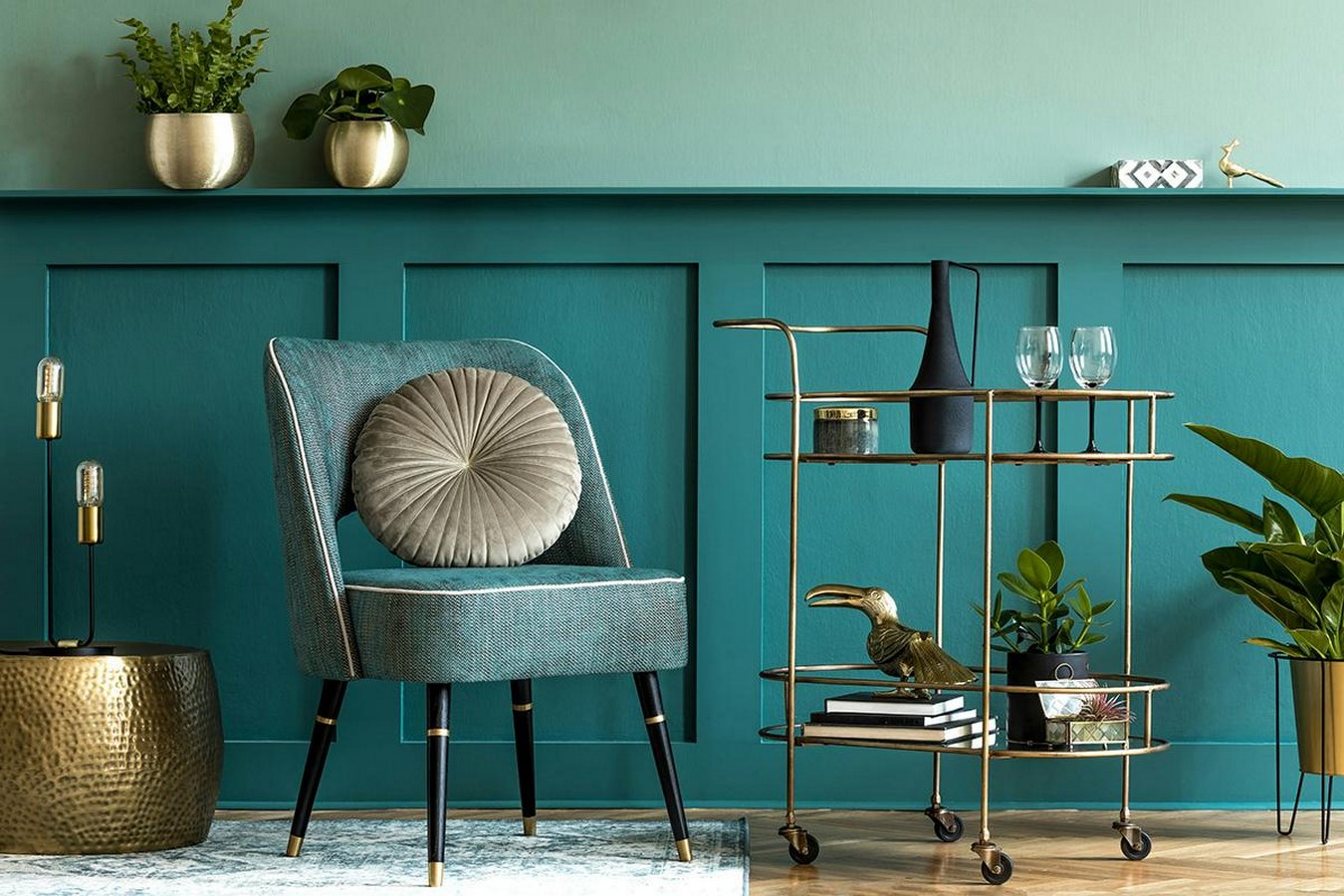
- *Innovative Space Utilization*:
As the way we live and work continues to evolve, innovative design solutions have become increasingly important in real estate. The inclusion of convertible furniture, built-in storage, and adaptable rooms can set a property apart in the market. These features add tangible value by catering to the modern lifestyle needs of potential buyers, from remote workspaces to multifunctional living areas.
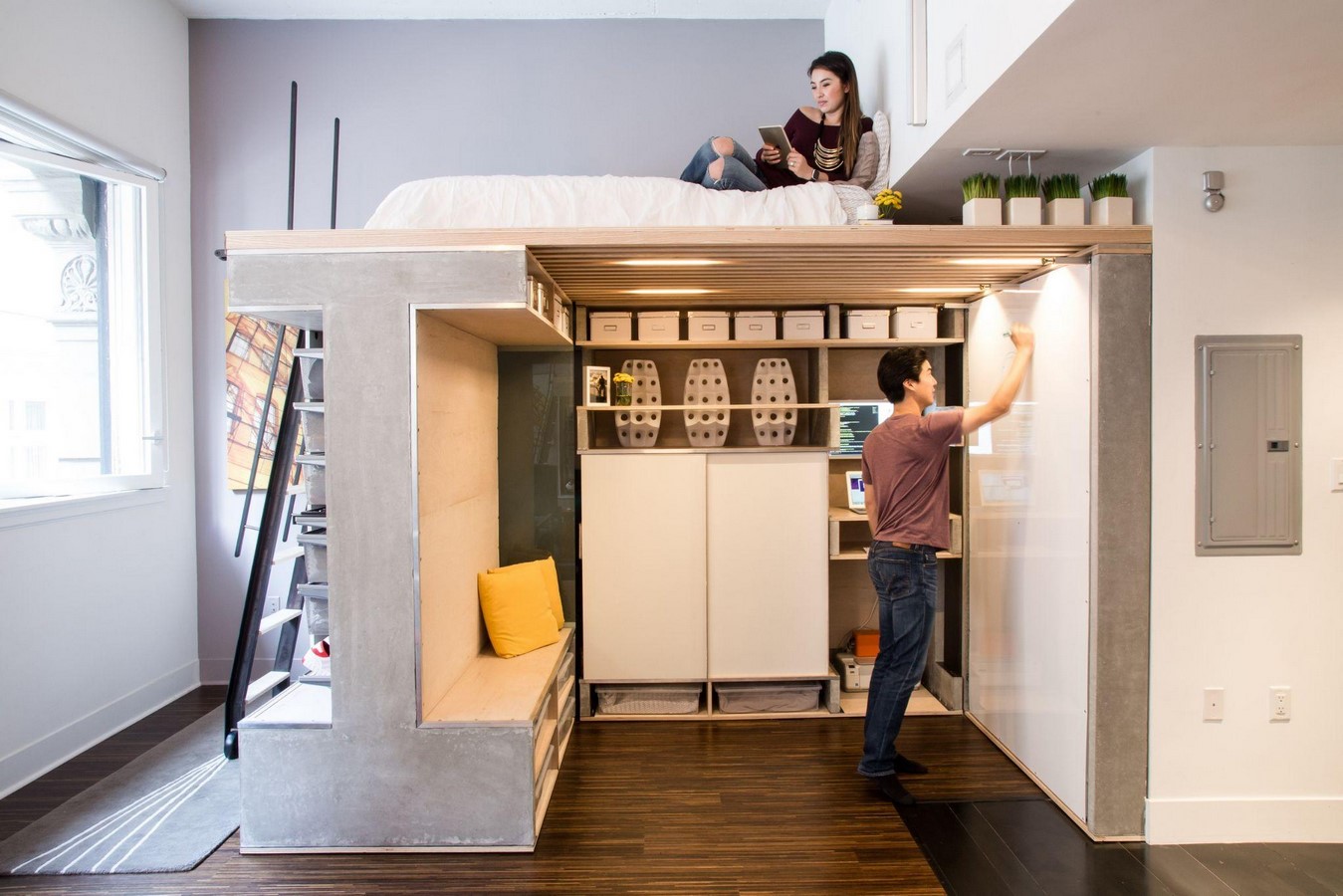
The Emotional Impact:
- *Lighting Magic*:
The strategic use of lighting can transform spaces and moods. Bright, natural light fosters a sense of vitality and optimism. This is why homes with large windows and open layouts are often highly sought after. On the other hand, soft, ambient lighting can create cozy and intimate atmospheres, perfect for relaxation and unwinding.
Additionally, smart lighting systems can adapt to various activities, enhancing functionality and convenience. The ability to control lighting levels and colors can help residents tailor their environment to their needs, further enhancing their emotional well-being through interior design.
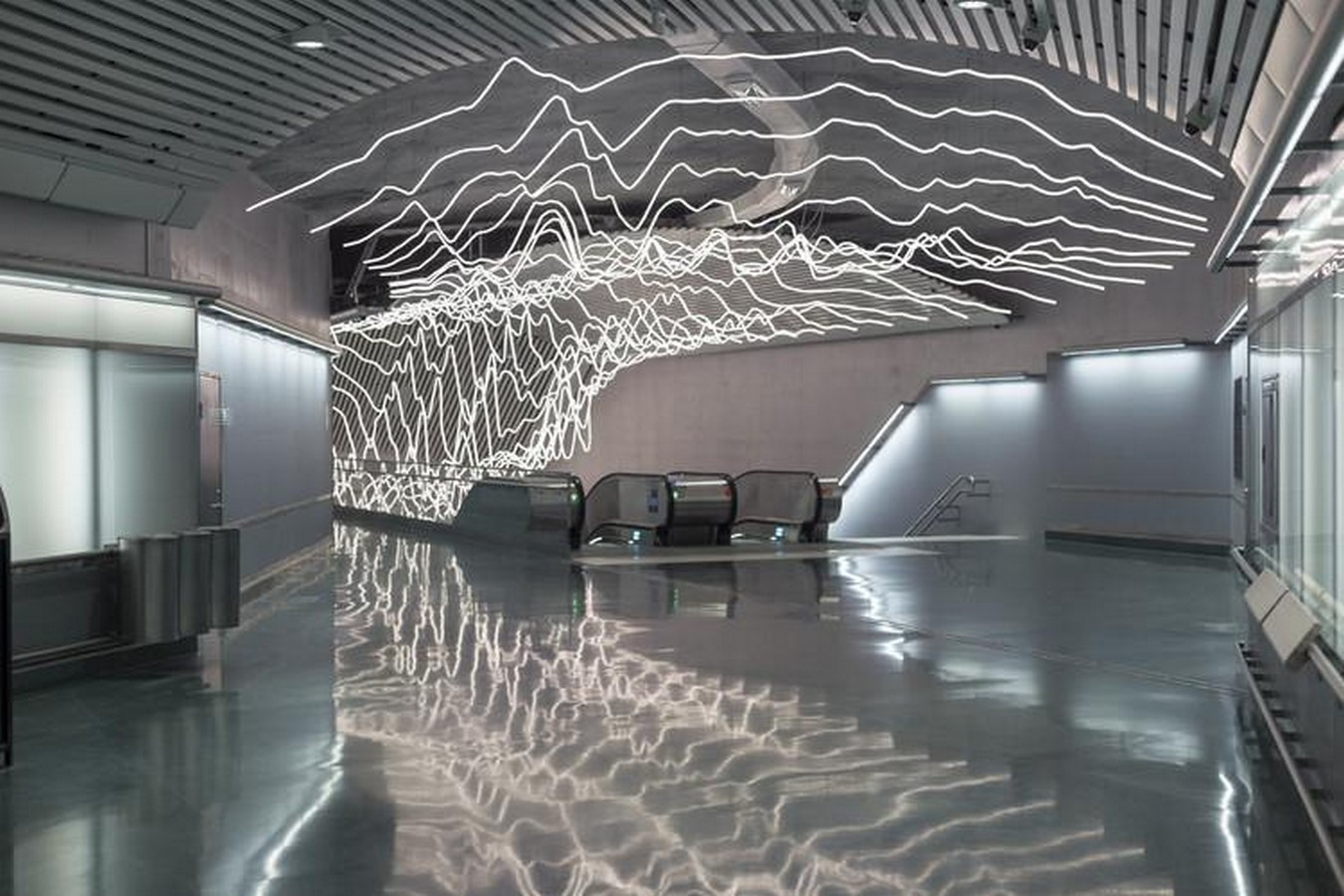
- *Spatial Arrangement*:
How furniture and elements are arranged within a space can influence how people interact with it. Open layouts promote socialization and togetherness, making them ideal for family rooms and entertaining spaces. Conversely, secluded nooks and cozy corners can encourage relaxation and introspection, perfect for reading or meditation.
Understanding the psychology of space planning can help interior designers craft environments that cater to different emotional needs, ensuring that residents and potential buyers feel a sense of harmony and comfort within the space.
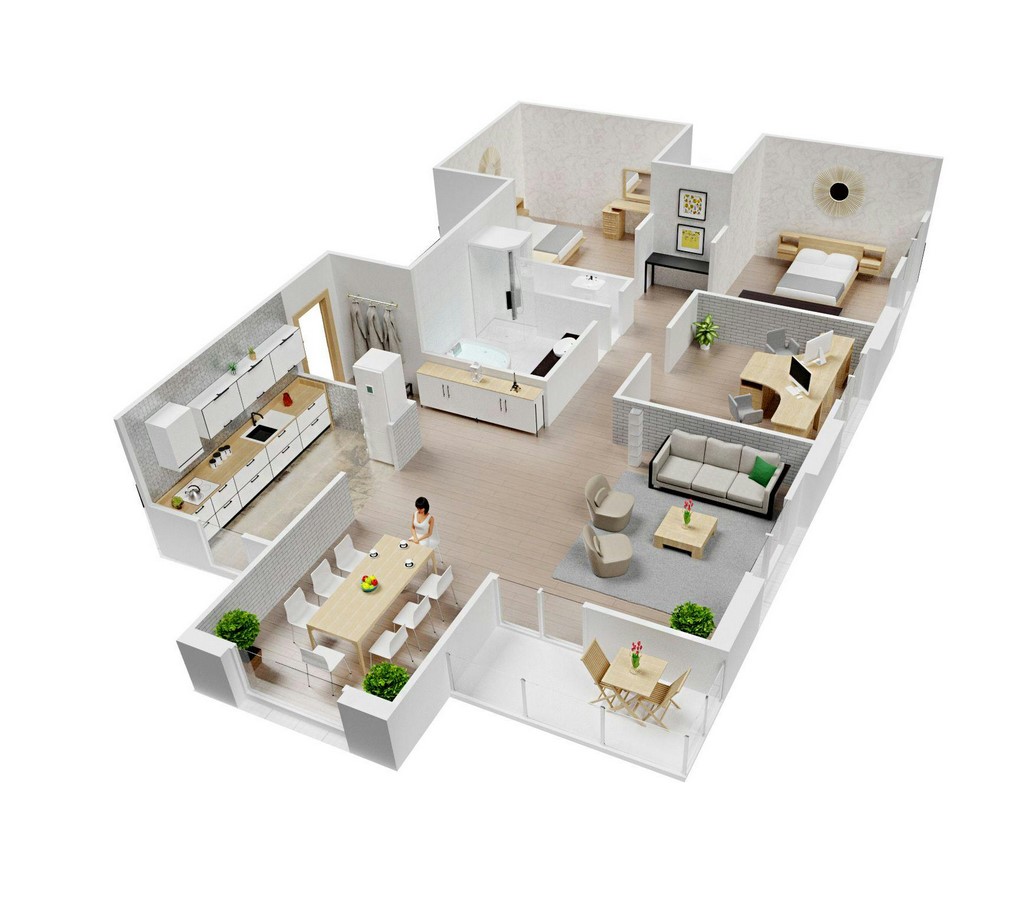
- *Material Choices*:
The selection of materials can evoke tactile and emotional responses. Natural materials like wood and stone can create a connection with nature, promoting feelings of tranquility and balance. Meanwhile, sleek and modern surfaces can stimulate feelings of sophistication and productivity.
The choice of materials extends beyond aesthetics; it influences the overall sensory experience of a space, impacting how residents and visitors feel when they interact with it.
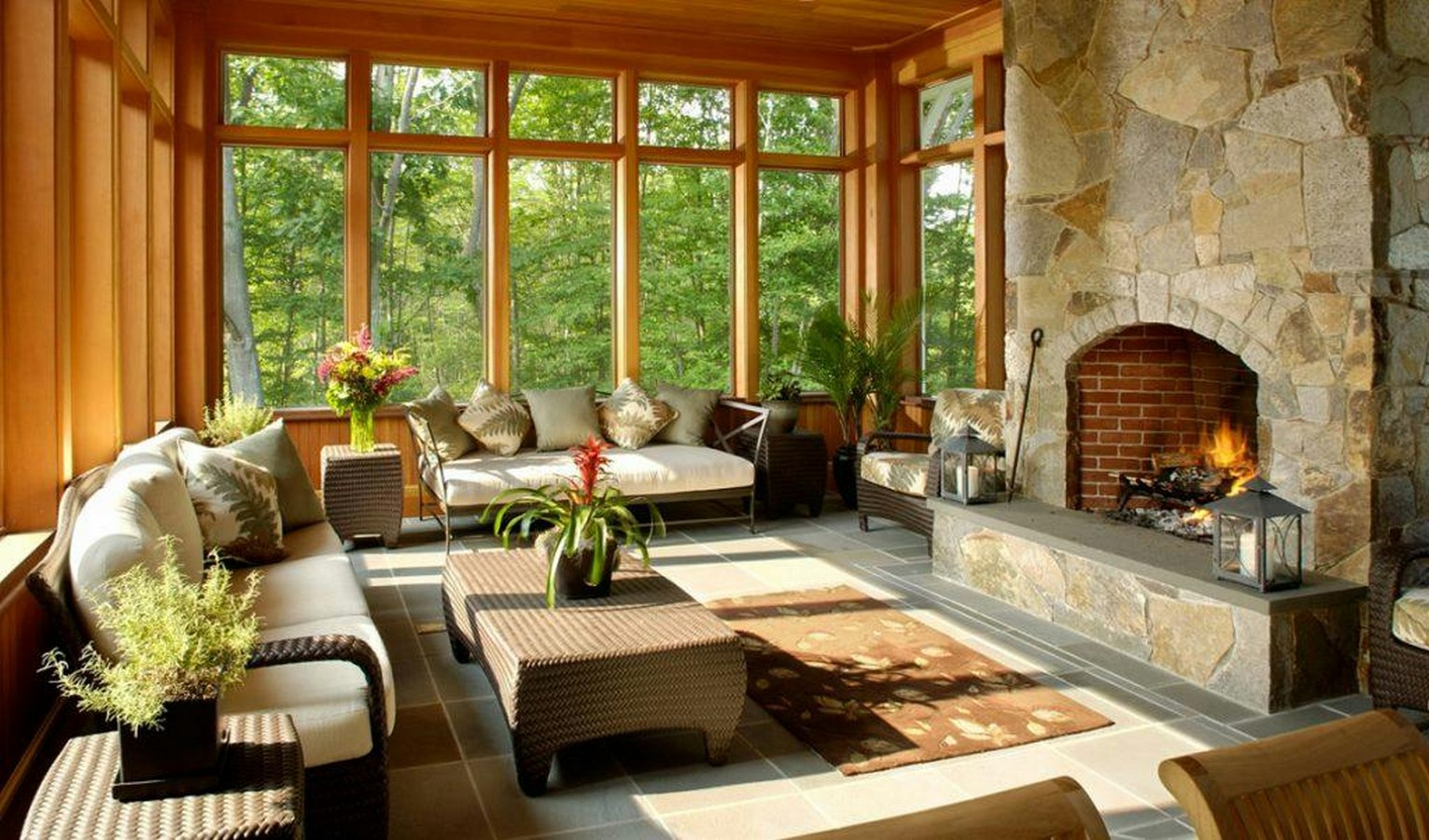
- *Creating Home Sanctuaries*:
Interior design can craft spaces that inspire specific emotions and well-being. Imagine a spa-like bathroom with soft lighting and luxurious fixtures, a cozy reading nook with plush seating and warm colors, or a vibrant kitchen with ample counter space for culinary creativity. These “home sanctuaries” serve as emotional anchors within a property, offering residents spaces tailored to their desires and needs.
The Power of Perception:
In the competitive real estate market, perception is everything. The way a property is presented can make a world of difference. Interior design doesn’t just beautify spaces; it shapes the narrative and influences how potential buyers perceive a property.
A well-designed home communicates that it has been cared for and maintained, reassuring buyers that they are making a wise investment. It creates an emotional connection that goes beyond the physical structure, making a property feel like a home from the moment you step inside.

Conclusion:
Interior design is a dynamic force in the world of real estate, transcending mere aesthetics to impact market value and emotions. The financial benefits of strategic design choices, combined with the ability to craft spaces that inspire happiness, relaxation, or productivity, make interior design an indispensable tool in the real estate arsenal.
It’s not just about decorating; it’s about the art of creating spaces that resonate with the heart and the wallet. So, the next time you walk through a thoughtfully designed home, remember that you’re not just witnessing beauty; you’re experiencing the transformative power of interior design – a fusion of psychology, design, and real estate that enriches our lives in more ways than one. Whether you’re buying, selling, or simply seeking inspiration, the world of interior design holds the keys to unlocking the full potential of any property.
References
- The Art of Space Planning by Francis D. K. Ching
- Residential Interior Design: A Guide to Planning and Decorating by Maureen Moroney



















